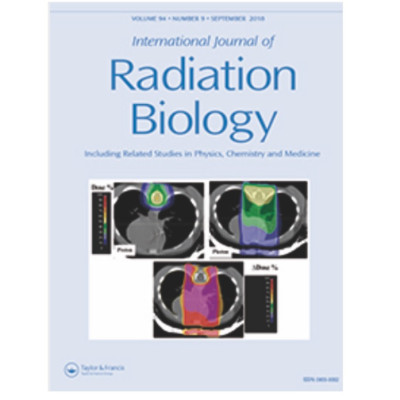Publication
Changes in the retreatment radiation tolerance of the spinal cord with time after the initial treatment
T.E. Wooley, J. Belmonte-Beitia, G.F. Calvo, J.W. Hopewell, E.A. Gaffney and B. Jones
International Journal of Radiation Biology 94:6, 515-531 (2018)
MOLAB authors
Abstract
PURPOSE:To estimate, from experimental data, the retreatment radiation 'tolerances' of the spinal cord at different times after initial treatment.
MATERIALS AND METHODS:
A model was developed to show the relationship between the biological effective doses (BEDs) for two separate courses of treatment with the BED of each course being expressed as a percentage of the designated 'retreatment tolerance' BED value, denoted [Formula: see text] and [Formula: see text]. The primate data of Ang et al. ( 2001 ) were used to determine the fitted parameters. However, based on rodent data, recovery was assumed to commence 70 days after the first course was complete, and with a non-linear relationship to the magnitude of the initial BED (BEDinit).
RESULTS:
The model, taking into account the above processes, provides estimates of the retreatment tolerance dose after different times. Extrapolations from the experimental data can provide conservative estimates for the clinic, with a lower acceptable myelopathy incidence. Care must be taken to convert the predicted [Formula: see text] value into a formal BED value and then a practical dose fractionation schedule.
CONCLUSIONS:
Used with caution, the proposed model allows estimations of retreatment doses with elapsed times ranging from 70 days up to three years after the initial course of treatment.















